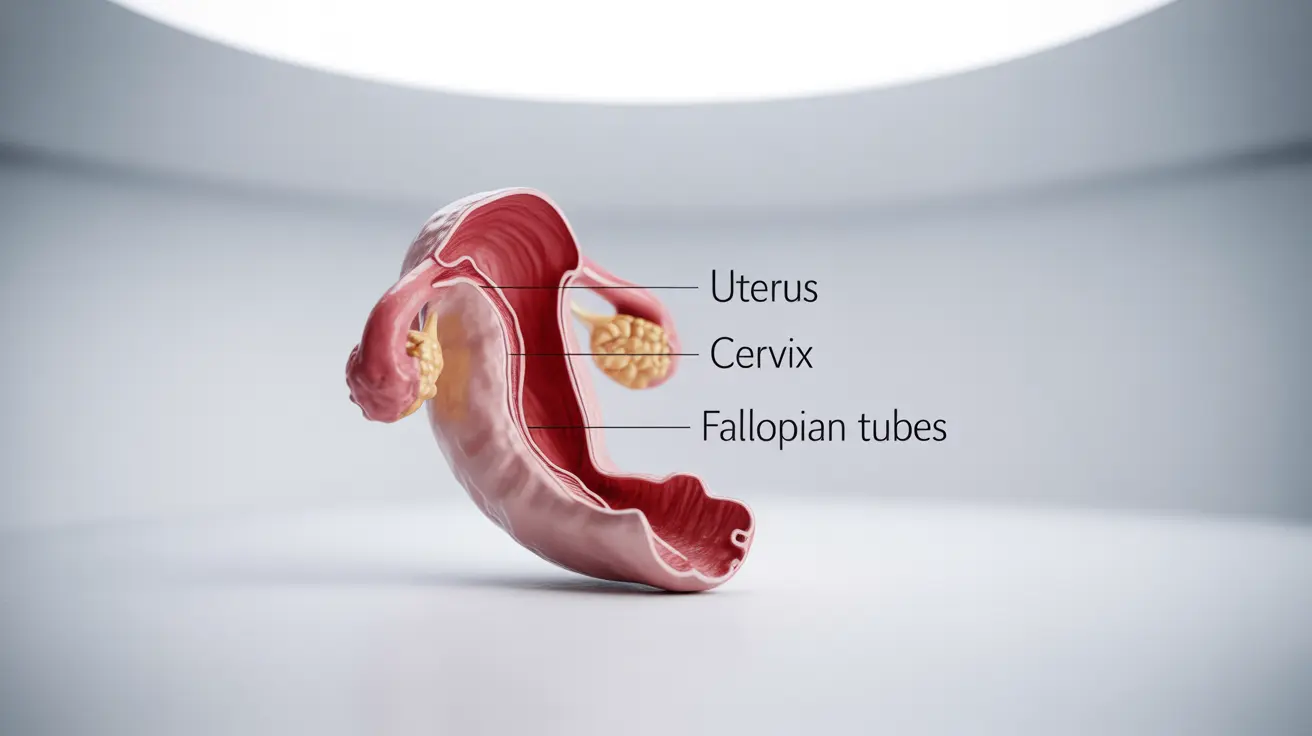A retroverted uterus, also known as a tilted or tipped uterus, is a common anatomical variation where the uterus tips backward toward the spine instead of forward toward the bladder. While this condition affects approximately 20-30% of women, many are unaware they have it until discovered during a routine pelvic examination. Understanding this condition is crucial for managing potential symptoms and addressing concerns about reproductive health.
This comprehensive guide will explore the symptoms, impacts, and management options for those with a retroverted uterus, helping you make informed decisions about your health and well-being.
Understanding a Retroverted Uterus
A retroverted uterus occurs when the uterus tilts backward instead of maintaining the typical forward-facing position. This variation is considered a normal anatomical difference rather than a medical condition in most cases. The position can be present from birth or develop later due to various factors such as pregnancy, childbirth, or certain medical conditions.
Common Symptoms and Signs
Many women with a retroverted uterus experience no symptoms at all. However, some may encounter the following:
- Lower back pain, particularly during menstruation
- Painful intercourse, especially in certain positions
- Difficulty inserting tampons
- Minor urinary issues
- Menstrual cramping
- Fertility challenges in some cases
Impact on Reproductive Health
While a retroverted uterus typically doesn't affect fertility, understanding its potential impact on reproductive health is important. Most women with this anatomical variation can conceive and carry pregnancies to term without complications. However, some may experience unique challenges during their reproductive journey.
Pregnancy Considerations
During pregnancy, most retroverted uteri naturally shift to a forward position as the uterus grows. This usually occurs around the 10th-12th week of pregnancy. In rare cases where the uterus doesn't shift naturally, medical intervention may be necessary to ensure proper fetal development.
Diagnosis Methods
Healthcare providers typically diagnose a retroverted uterus through:
- Pelvic examination
- Transvaginal ultrasound
- MRI in specific cases
- Gynecological assessment
Treatment and Management Options
Treatment is usually unnecessary unless specific symptoms cause discomfort or affect daily life. When treatment is needed, options may include:
Medical Interventions
- Pessary devices
- Manual repositioning
- Targeted exercises
- Surgical correction in severe cases
Lifestyle Management
Several lifestyle adjustments can help manage symptoms:
- Modified exercise routines
- Pelvic floor exercises
- Position adjustments during intimate activities
- Stress management techniques
Frequently Asked Questions
What are the symptoms of a retroverted uterus, and how do they affect daily life?
A retroverted uterus may cause symptoms like lower back pain, painful intercourse, and menstrual cramping. However, many women experience no symptoms in their daily lives. When symptoms do occur, they can typically be managed through lifestyle adjustments and medical guidance.
Can a retroverted uterus impact fertility or pregnancy, and if so, how?
A retroverted uterus rarely impacts fertility or pregnancy outcomes. Most women conceive naturally and experience normal pregnancies. The uterus typically shifts to a forward position during early pregnancy as it enlarges.
How is a retroverted uterus diagnosed, and what are the typical methods used?
Diagnosis usually occurs during a routine pelvic examination. Healthcare providers may use additional diagnostic tools like transvaginal ultrasound or MRI to confirm the position of the uterus and rule out other conditions.
What are the treatment options for a retroverted uterus if symptoms persist or worsen?
Treatment options range from conservative approaches like pelvic exercises and pessary devices to surgical intervention in severe cases. The choice of treatment depends on symptom severity and impact on quality of life.
Are there any exercises or lifestyle changes that can help manage or prevent symptoms of a retroverted uterus?
Yes, specific exercises like pelvic floor strengthening and certain yoga poses can help manage symptoms. Lifestyle modifications, including position adjustments during activities and stress management techniques, may also provide relief.




